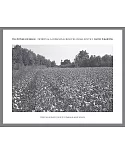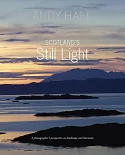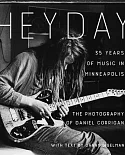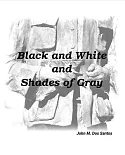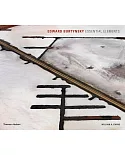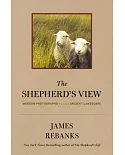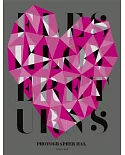La vida brincalife jumpsand yet we strive to capture its passing moments by creating images. One of the simplest yet most evocative techniques for image-making is pinhole
photography. Using a tiny aperture without a lens to shine light on a piece of film, pinhole cameras accumulate light until an image forms. Bill Wittliff calls the cameras he makes
tragaluces, "light swallowers." By controlling only the size of the aperture, the distance to the film, and the length of the exposure, he makes images that forsake the documentary
realism of traditional photography to disclose instead the presence of the mystical in the everyday world.
The tragaluz photographs in La Vida Brinca record iconic images of Hispanic life. Wittliff photographed fiestas, religious observances, street scenes, people's faces,
and enduring rural landscapes. But with the soft focus and surprise elements that typify his tragaluz photographs, these images become dreamlikescenes from a world where, as Stephen
Harrigan says, "reassuring touchstones are likely to dissolve, and where the unseen is always startlingly on view." The accompanying essays by Harrigan and Elizabeth Ferrer discuss the
history and techniques of pinhole photography, as well as Bill Wittliff's artistic choice to work in this medium. As a work of art, La Vida Brinca reveals that pinhole
photography is an ideal vehicle for finding profound meaning in the commonplace, for seeing beyond what the eye can see.




